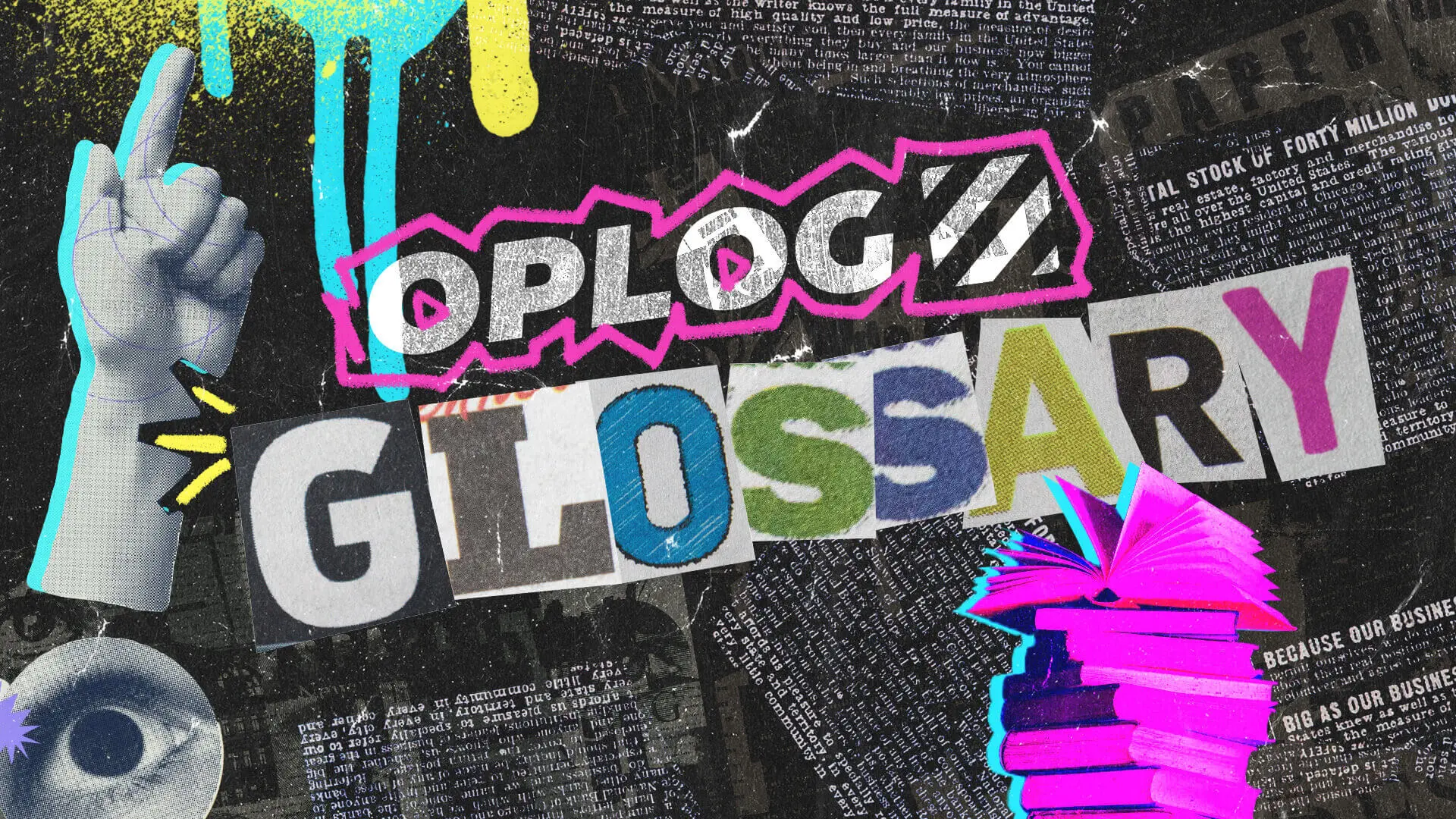
Bundling
Combining multiple products or items into a single package or shipment for transport. This can involve complementary grouping products, such as different sizes or colors of the same thing or bundling together products frequently purchased.
What is bundling?
Bundling is a marketing strategy in which two or more products or services are combined and sold as a single package or bundle. Businesses commonly use this strategy to increase sales and attract customers by offering them a more comprehensive or attractive offer than if the products or services were sold individually.
What are the benefits of bundling?
- Increased sales: Bundling can increase sales by encouraging customers to purchase more products or services.
- Increased revenue: Bundling can increase revenue by allowing businesses to charge a higher price for the bundle than they would for the individual products or services.
- Improved customer retention: Bundling can improve customer retention by offering customers a more comprehensive or attractive offer than if they were to purchase the products or services individually.
- Reduced inventory costs: Bundling can reduce inventory costs by enabling businesses to sell slower-moving products or services as part of a bundle.
What are the differences between bundling and kitting?
- Definition: Bundling refers to combining two or more finished products or services and selling them together as a single package, whereas kitting refers to combining separate components or parts into a single unit that can be used to assemble a finished product.
- Purpose: Bundling is typically used as a marketing strategy to increase sales and revenue by offering customers a more attractive or comprehensive offer than if the products or services were sold individually. On the other hand, kitting is typically used in manufacturing and assembly operations to simplify building a finished product by grouping the necessary components.
- Scope: Bundling typically involves finished products or services already packaged and ready for sale, whereas kitting typically involves individual components or parts that need to be assembled into a finished product.
- Process: Bundling involves packaging finished products or services together, while kitting involves selecting and grouping individual components or parts needed to assemble a finished product.
- Value proposition: Bundling creates value by offering a more comprehensive or attractive offer than if the products or services were sold individually. Kitting creates value by simplifying the process of assembling a finished product and reducing the time and cost of assembly.

Tell us About Your Brand
Your fulfillment partner managing your post-purchase processes